If your taste buds crave intense heat and complex flavor, you're likely drawn to Spicy Sichuan Beef. Yet how often does home cooking yield cafeteria-style disappointment instead of authentic fire? This guide transforms that experience through precise technique and cultural insight. We focus exclusively on actionable mastery—not just another generic recipe.
📖 Table of Contents
- Why Sichuan Beef Transcends Simple Heat
- 7 Precision Ingredients That Elevate Stir-Fry Results
- Pro Techniques for Authentic Sichuan Beef at Home
- Sichuan vs. Hunan vs. Cantonese Beef: Technical Breakdown
- The Essential Sichuan Sauce Formula
- Strategic Pairings That Balance Intensity
- Sichuan Cuisine's Global Technical Evolution
- Frequently Asked Questions
🌶 Why Sichuan Beef Transcends Simple Heat
Sichuan cuisine originated in China's humid Sichuan Basin, where chefs engineered multidimensional flavors to counteract moisture. This isn't merely "spicy"—it's a calibrated interplay of má (numbing) and là (heat) through precise ingredient ratios. Modern neuroscience reveals Sichuan peppercorns' hydroxy-alpha-sanshool temporarily activates nerve endings, creating 50Hz vibrations perceived as tingling—this sensory disruption actually heightens other flavor perceptions.
Core components achieving this balance:
- Sichuan peppercorns: Source of the signature numbing sensation
- Doubanjiang: Fermented broad bean paste providing umami depth
- Rice vinegar and sugar: Critical sweet-sour counterpoints
- Chili varieties: Layered heat from multiple pepper types
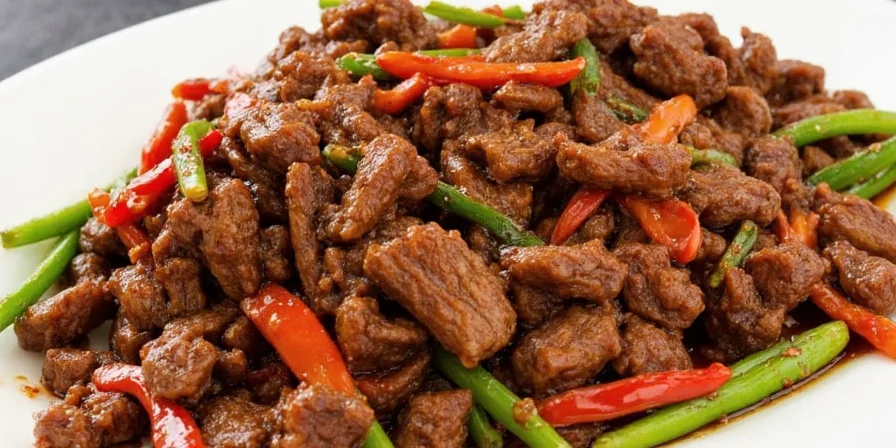
🧩 7 Precision Ingredients That Elevate Stir-Fry Results
Professional results require moving beyond generic "spicy" assumptions. These elements create technical distinction:
- Cornstarch Slurry: 1:1 cornstarch to water ratio seals beef moisture at 160°C
- Shaoxing Wine: Ethanol content dissolves flavor compounds inaccessible to water
- Garlic Chili Paste: Fermented allium compounds enhance chili heat perception
- Chinkiang Vinegar: Smoky rice vinegar with higher acidity than Western substitutes
- Fresh Ginger: Gingerols interact synergistically with capsaicin
- Hoisin Sauce: Functions as both sweetener and viscosity agent
- Peppercorn Toasting: 120°C dry roast optimizes sanshool volatility

👩🍳 Pro Techniques for Authentic Sichuan Beef at Home
Equipment constraints shouldn't compromise results. These physics-based adjustments deliver professional outcomes:
- Chili Roasting: 180°C dry skillet for 90 seconds maximizes flavor compounds without degradation
- Beef Marination: 15-minute minimum for cornstarch hydration and protein denaturation
- Vegetable Handling: Blanch crisp vegetables first to preserve cellular integrity
- Heat Management: Maintain oil at 190-200°C for optimal Maillard reaction without steaming
- Sequential Flavor Layering: Aromatics before proteins to build flavor foundations
- Resting Period: 3-minute minimum allows sauce emulsification
- Final Garnish: Sesame seeds added post-cooking preserve volatile oils
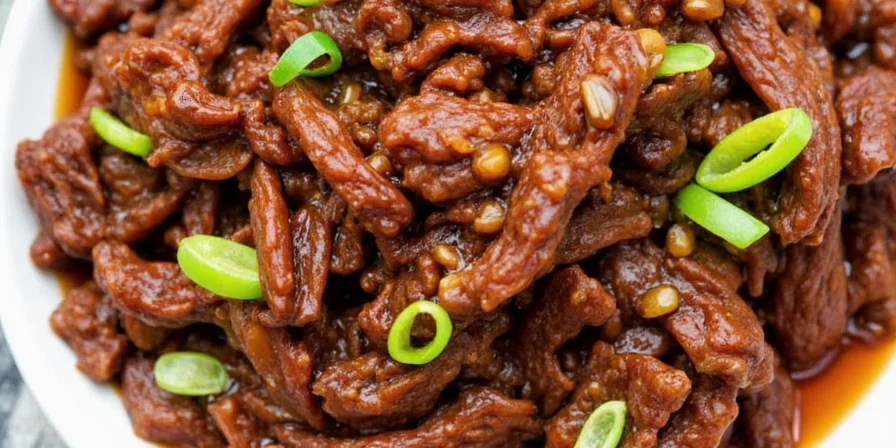
📊 Sichuan vs. Hunan vs. Cantonese Beef: Technical Breakdown
Regional distinctions stem from climate-driven chemical adaptations:
| Style | Flavor Chemistry | Key Ingredients | Heat Profile |
|---|---|---|---|
| Sichuan | Numbing-spicy with umami depth | Sichuan peppercorns, doubanjiang, garlic chili paste | High (numbing + capsaicin) |
| Hunan | Direct capsaicin intensity | Fresh chilies, smoked bacon, scallions | Very High (pure capsaicin) |
| Cantonese | Subtle sweetness with freshness | Oyster sauce, ginger, light soy | Low (minimal heat) |
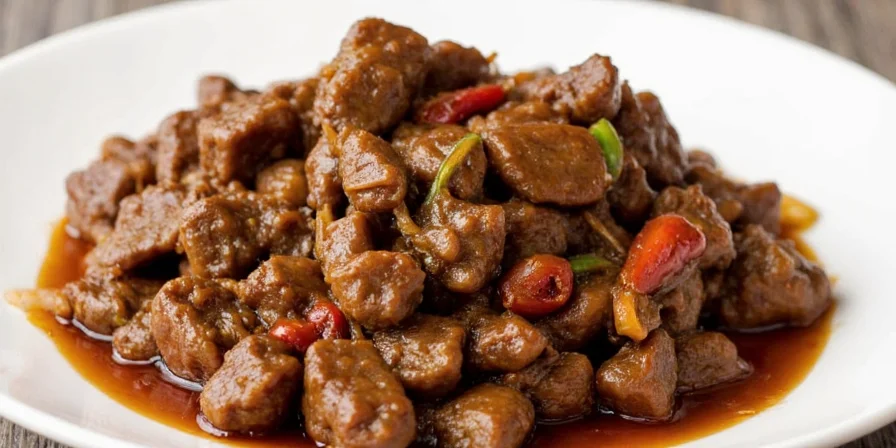
🥄 The Essential Sichuan Sauce Formula
Consistent results require precise ratios. Combine in this sequence:
- 20ml light soy sauce (sodium activation)
- 10ml hoisin sauce (viscosity control)
- 10ml Chinkiang vinegar (acidity balance)
- 5g sugar (heat modulation)
- 5ml sesame oil (flavor carrier)
- 5ml chili oil (adjustable heat)
- 3g minced garlic (allium compounds)
- 2g grated ginger (active enzymes)
- 1g toasted Sichuan peppercorn powder (sanshool delivery)
Mix cold and add during final 30 seconds of cooking to preserve volatile compounds. Adjust vinegar for humidity compensation.
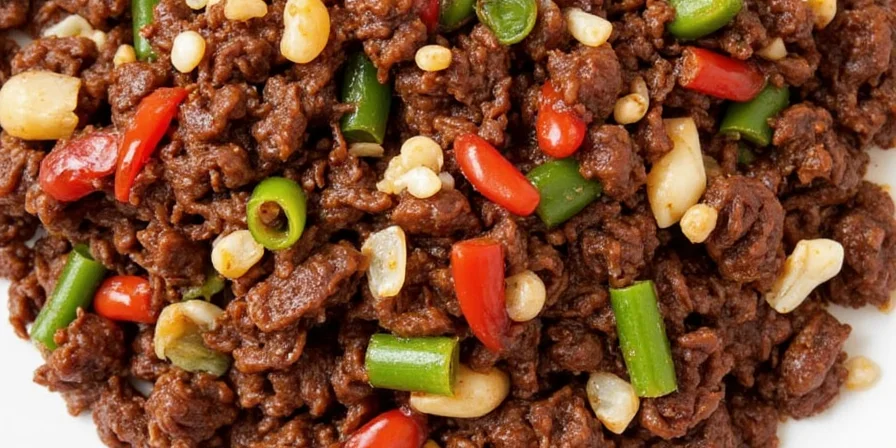
🥤 Strategic Pairings That Balance Intensity
Counteract heat through molecular interactions:
- Jasmine Tea: Linalool compounds neutralize capsaicin without cooling
- Yogurt Drinks: Casein proteins bind capsaicin molecules
- Cucumber Salad: Cucurbitacin enhances saliva production for heat clearance
- Steamed Rice: Starches absorb capsaicin while maintaining flavor perception
- Cold Noodles: Lower temperature reduces TRPV1 receptor activation
- Melon Smoothies: Natural sugars disrupt capsaicin's lipid solubility
- Pickled Vegetables: Acetic acid accelerates capsaicin breakdown
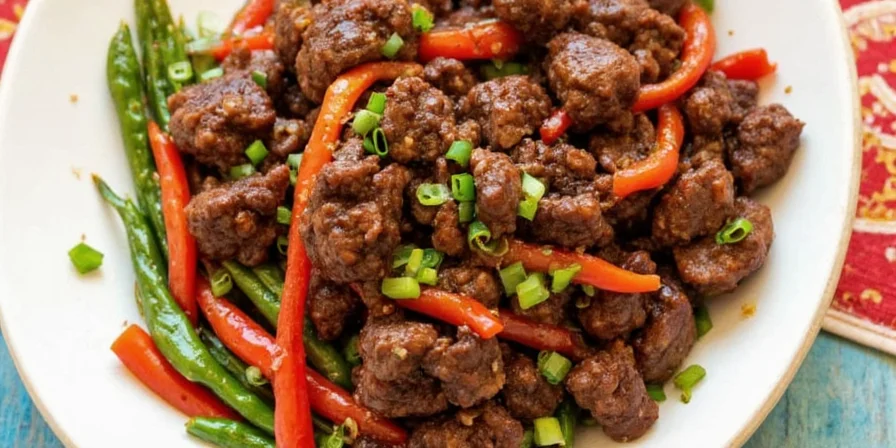
🌍 Sichuan Cuisine's Global Technical Evolution
Sichuan techniques now drive innovation beyond traditional contexts through ingredient substitution science:
- Sichuan Tacos: Nixtamalized corn interacts uniquely with doubanjiang
- Sichuan Bulgogi Fusion: Gochujang's glutamates amplify Sichuan peppercorn effects
- Sichuan Carbonara: Egg yolk emulsification counters chili oil separation
- Plant-Based Versions: Mushroom glucans replicate beef's textural response to high heat
The core principle remains consistent: precise temperature control (190-200°C) and sequential flavor layering. Modern adaptations prove these techniques transcend specific ingredients when physics principles are honored.
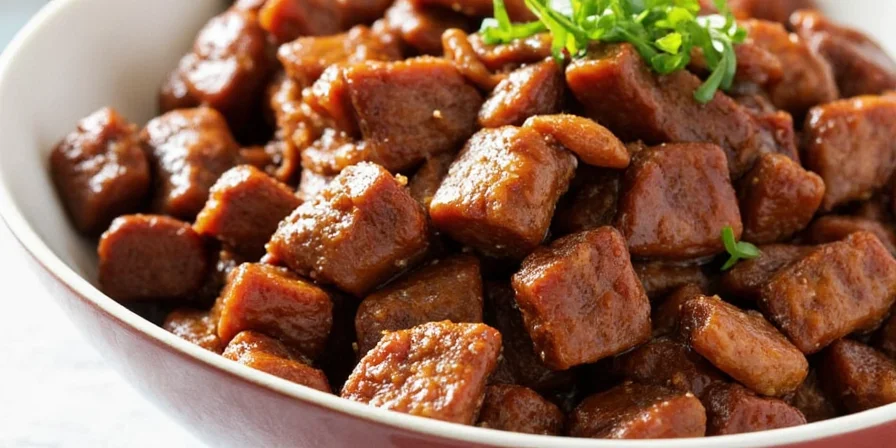
❓ Frequently Asked Questions
What's the scientific reason for toasting Sichuan peppercorns?
Why does cornstarch slurry improve beef texture?
How do I adjust for high-altitude cooking?
Can I substitute Sichuan peppercorns?
🏁 Conclusion: Precision Over Passion
Sichuan Beef mastery lies in understanding the physics behind flavor interactions—not chasing heat. By applying these technical principles, you'll consistently achieve balanced 'ma la' effects where numbing and heat enhance rather than overwhelm. Remember: the goal isn't just to make your mouth tingle, but to create layered sensory experiences through controlled chemical reactions.
Implement one technique at a time, measure your results, and document adjustments. True culinary advancement comes from systematic refinement, not random experimentation. Now fire your wok with purpose.
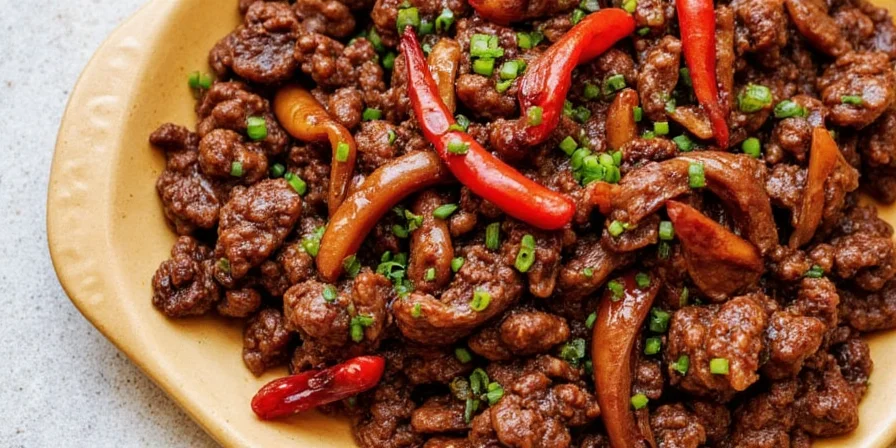
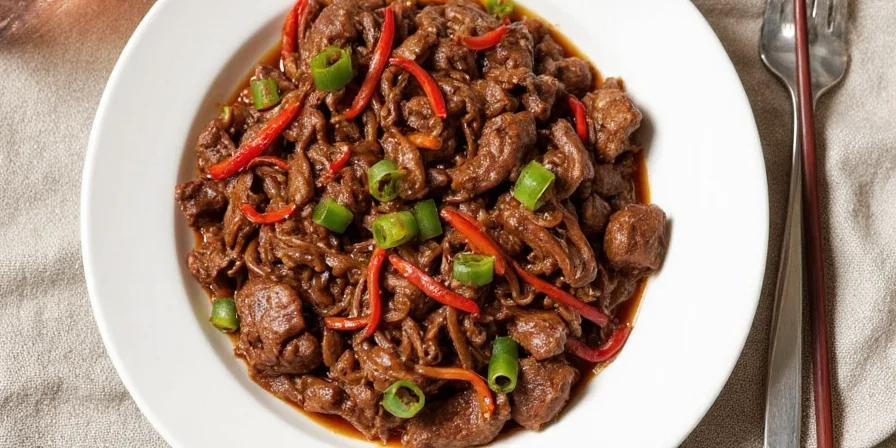

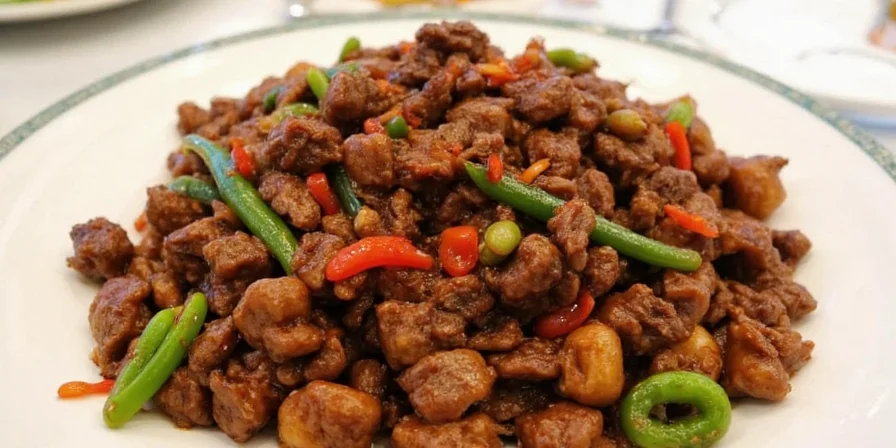









 浙公网安备
33010002000092号
浙公网安备
33010002000092号 浙B2-20120091-4
浙B2-20120091-4